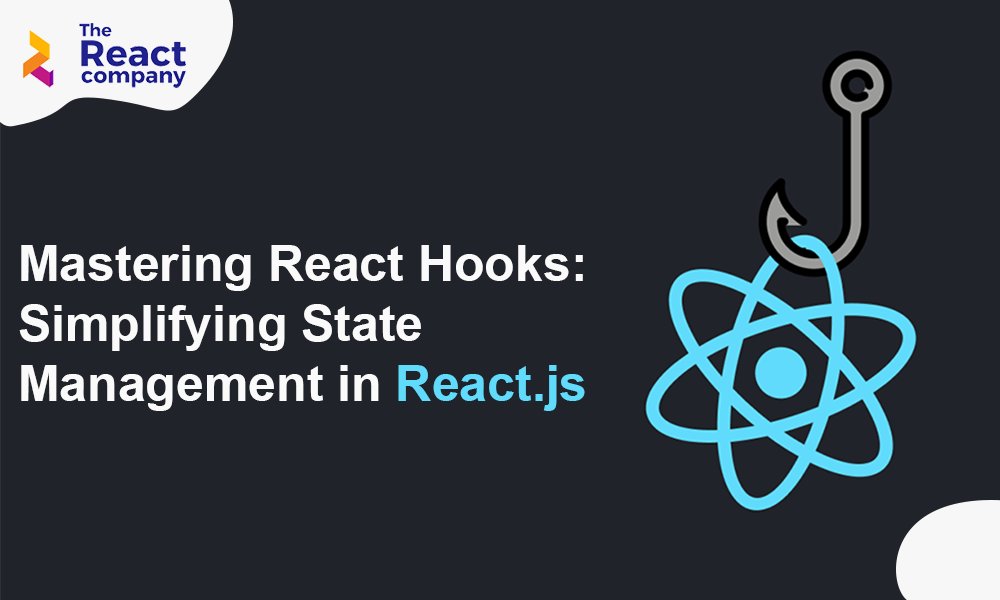React.js has undergone significant advancements in recent years, and one of the most notable additions is React Hooks. This innovative feature has revolutionized how developers manage state and lifecycle events in functional components. In this article, we will delve into the world of React Hooks and explore how they simplify state management, enhance code reusability, and streamline development workflows.
- An Introduction to React Hooks:
- Understand the motivation behind introducing React Hooks and how they address the limitations of class components.
- Explore the core hooks: useState, useEffect, useContext, and useReducer, and their respective use cases.
- Managing State with useState:
- Learn how to leverage useState to manage component state within functional components.
- Discover the simplicity of declaring and updating state variables, and gain insights into common patterns and best practices.
- Handling Side Effects with useEffect:
- Explore the power of useEffect in managing side effects such as data fetching, subscriptions, and event listeners.
- Learn how to control the execution of effects, handle cleanup operations, and optimize performance using dependency arrays.
- Context API Simplified with useContext:
- Understand how useContext simplifies the consumption of React’s Context API.
- Learn how to create and consume context values within functional components, eliminating the need for nested component hierarchies.
- Complex State Management with useReducer:
- Dive into the useReducer hook for more advanced state management scenarios.
- Discover how useReducer provides a predictable way to handle complex state updates, similar to Redux, but within a component’s scope.
- Custom Hooks for Code Reusability:
- Harness the power of custom hooks to encapsulate and reuse logic across multiple components.
- Learn how to create custom hooks that abstract complex functionalities, enhancing code modularity and maintainability.
- Testing React Hooks:
- Gain insights into effective testing strategies for components using React Hooks.
- Explore testing libraries like React Testing Library and tools like Jest to write unit tests that cover different use cases of hooks.
- Best Practices and Tips for Working with React Hooks:
- Discover best practices for working with React Hooks, including optimizing performance, avoiding common pitfalls, and adhering to the rules of Hooks.
- Learn tips and techniques to improve code readability, maintainability, and scalability when using Hooks in your React projects.
Conclusion:
React Hooks have transformed the way developers approach state management and lifecycle events in React.js. By harnessing the power of useState, useEffect, useContext, useReducer, and custom hooks, developers can write more concise, reusable, and testable code. Embrace the simplicity and flexibility of React Hooks in your projects, and unlock the full potential of React.js for building robust, scalable, and maintainable applications.



